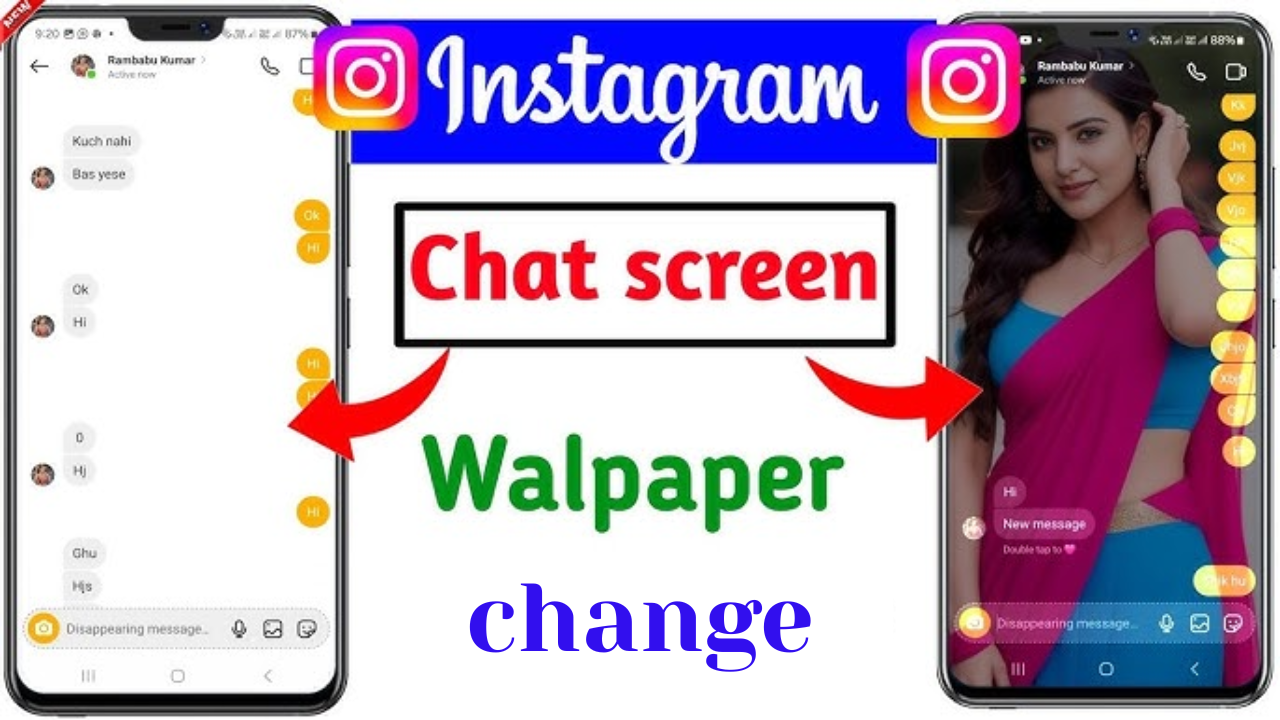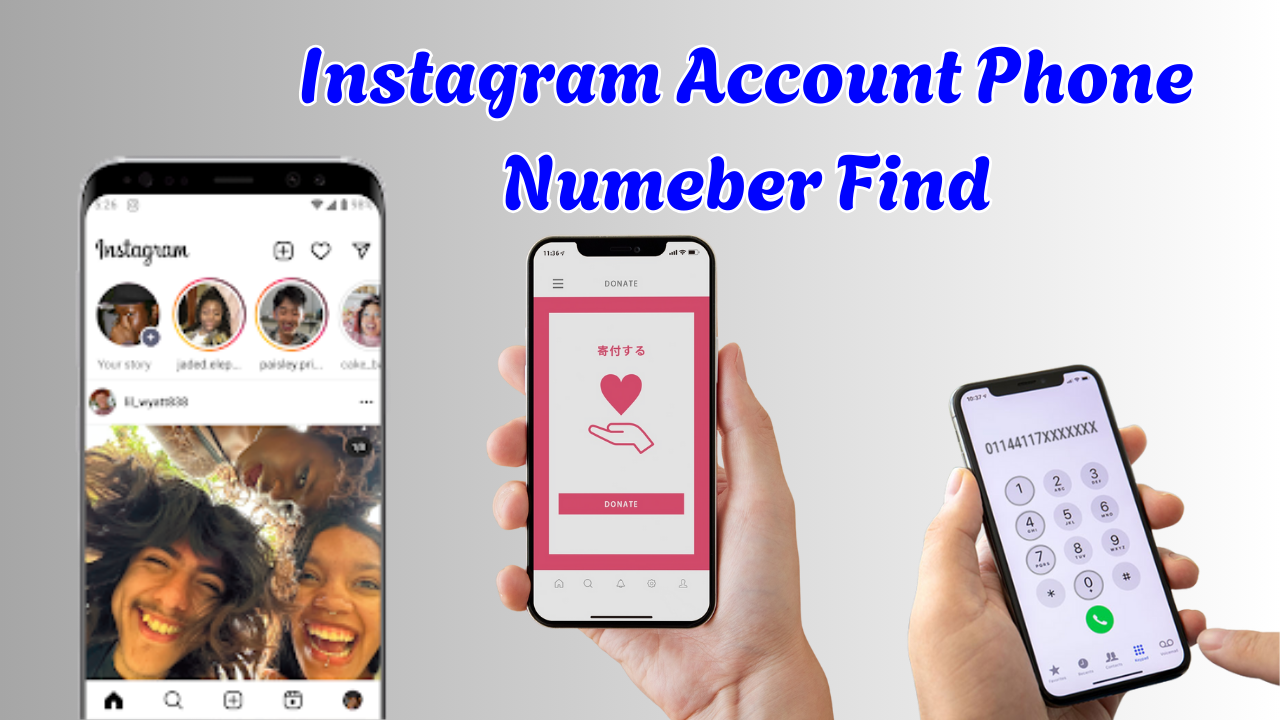Micro gestures, often overlooked in everyday interactions, play a crucial role in conveying messages and understanding emotions. In this article, we delve into the world of micro gestures, exploring their significance, types, interpretation, cultural variations, and practical applications.
Introduction to Micro Gestures
In the realm of communication, words are just one aspect of conveying meaning. Micro gestures, also known as micro expressions or micro behaviors, encompass subtle movements and expressions that occur involuntarily and often subconsciously. While they may seem insignificant, they can reveal a wealth of information about a person’s thoughts, feelings, and intentions.
Definition and Explanation
Micro gestures refer to small, fleeting movements that occur in various parts of the body, including the face, hands, and posture. These gestures can last for fractions of a second and are typically indicative of underlying emotions or attitudes. They are often associated with nonverbal communication and can complement or contradict spoken words.
Importance in Communication
Research suggests that a significant portion of human communication is nonverbal, with micro gestures playing a crucial role in conveying emotions and establishing rapport. By paying attention to these subtle cues, individuals can gain deeper insights into the thoughts and feelings of others, enhancing their interpersonal interactions. Micro gestures manifest in a variety of forms, each serving a distinct purpose in communication.
Facial Expressions
Facial micro expressions, such as fleeting smiles, eyebrow raises, or eye movements, convey a range of emotions, including happiness, surprise, or skepticism. These subtle changes in expression can provide valuable clues about a person’s true feelings, even when they attempt to conceal them.
Hand Gestures
Hand gestures, such as subtle nods, finger movements, or hand placements, can accentuate speech and convey emphasis or agreement. They are commonly used to add nuance to verbal communication and can vary significantly across cultures.
Posture and Body Movements
Body language, including posture, stance, and overall body movements, can also comprise micro gestures. Changes in body position or orientation can signal discomfort, confidence, or openness, influencing the dynamics of interpersonal interactions. Cultural backgrounds and social norms play a significant role in shaping the interpretation of micro gestures.
Cultural Variances and Interpretations
Different cultures may attribute varying meanings to micro gestures, leading to potential misunderstandings or misinterpretations. What may be considered polite or respectful in one culture could be perceived differently in another.
Examples of Cultural Differences
For example, while direct eye contact is often valued in Western cultures as a sign of honesty or confidence, it may be viewed as confrontational or disrespectful in some Eastern cultures. Understanding these cultural nuances is essential for effective cross-cultural communication.
Recognizing Micro Expressions
Training oneself to recognize and interpret micro expressions can enhance communication skills and emotional intelligence. By observing subtle changes in facial muscles and body language, individuals can discern underlying emotions and respond appropriately.
Understanding Body Language Cues
In addition to facial expressions, paying attention to body language cues, such as posture, gestures, and proximity, can provide valuable insights into a person’s mindset and emotional state. These nonverbal cues often complement verbal communication and offer additional context.
Applications of Micro Gestures
Micro gestures have practical implications in various domains, including interpersonal relationships, business negotiations, and public speaking. In personal relationships, being attuned to micro gestures can foster empathy, trust, and understanding. Recognizing subtle cues allows individuals to connect on a deeper level and navigate complex social dynamics more effectively.
Business and Negotiation
In professional settings, mastering the art of micro gestures can be advantageous in negotiations, presentations, and networking. Understanding the unspoken cues of colleagues, clients, or competitors can provide a competitive edge and facilitate successful outcomes.
Being Authentic
Authenticity is key when using micro gestures in communication. Genuine expressions and gestures are more likely to resonate with others and establish rapport. Avoiding forced or exaggerated movements is essential for building trust and credibility.
Practicing Observation
Developing observational skills is crucial for effectively interpreting micro gestures. Regular practice and mindfulness can enhance one’s ability to notice subtle cues and respond appropriately in various social situations.
Adjusting to Cultural Context
Recognizing cultural differences in micro gestures and adapting accordingly is essential for successful cross-cultural communication. Being mindful of cultural norms and preferences can prevent misunderstandings and foster mutual respect.
Misconceptions About Micro Gestures
Despite their significance, micro gestures are often subject to misconceptions and myths. One common misconception is that micro gestures are universal and have the same meaning across cultures. In reality, interpretations can vary widely depending on cultural context and individual differences.
Clarifying Misunderstandings
By debunking myths and clarifying misunderstandings about micro gestures, individuals can develop a more nuanced understanding of nonverbal communication and improve their interpersonal skills.
The Role of Micro Gestures in Digital Communication
In an increasingly digital world, the role of micro gestures extends to virtual communication platforms.
Challenges and Opportunities
While digital communication lacks many of the nonverbal cues present in face-to-face interactions, micro gestures still play a crucial role in conveying emotions and intentions. Emoticons, emoji, and animated GIFs are examples of digital micro gestures that enhance online communication.
Adapting to Virtual Platforms
Understanding how micro gestures manifest in digital communication and adapting strategies accordingly can help individuals navigate virtual interactions more effectively. Utilizing video conferencing tools, expressive messaging, and visual cues can compensate for the limitations of text-based communication.






Nothing